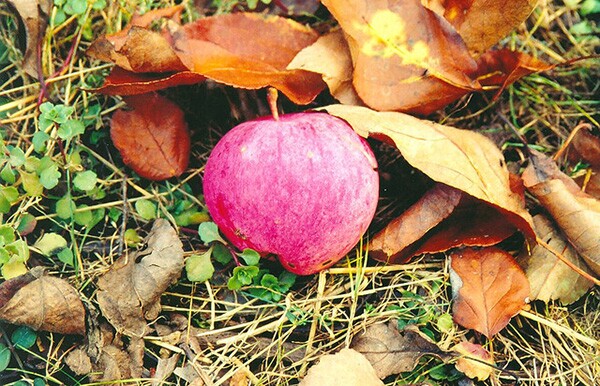The Fall Garden Checklist

While some people prefer to hang up their trowels as cooler weather moves in, others are transitioning from tomatoes and squash to salad greens and snow peas. No matter which camp you fall in, autumn is the ideal time of year to work while temperatures are mild and you can assess the results of your spring and summer plantings.
Doing a little maintenance in the fall not only keeps your garden happy and healthy, it also saves you from a hectic spring when mounds of other outdoor chores command your attention.
What to add to your to-do list this season:
Start a compost pile.
If you haven't started a compost pile yet, now is the perfect time to get one going. Check out our lazy gardener's guide to composting for the ins and outs on (nearly) hands-free composting and tips for why (and what) you should compost over winter. By the time spring rolls around, your compost pile will have broken down into fine, crumbly black earth.
Rake and collect dried leaves.
Instead of raking up your leaves and bagging them for the municipal green bins, collect the leaves and start a pile of leaf mold (a form of compost produced by the fungal decomposition of shrub and tree leaves).
Collect seed from your strongest plants.
As your plants start to fade, collect seed from the largest, healthiest, and most productive plants in your yard so you can plant them again next year. Click here for an easy-to-follow guide for saving and storing seeds from your favorite varieties of vegetables, herbs, and flowers.
Start seeding cool-weather crops.
Many plants prefer and thrive in cooler weather, such as leafy greens, peas, beets, carrots, turnips, parsnips, radishes, onions, and garlic. Start them in fall for harvesting over winter and spring. If you sometimes feel like your thumb is more black than green, try one of these foolproof food crops.
Cover any empty garden beds.
Even if you decide not to keep a garden over fall and winter, you should never leave your beds empty. Lay down several inches of organic mulch to improve soil fertility and texture over the cooler months, or better yet, plant fava beans or other cover crops in your garden beds, which you can dig in as green manure in the spring.
Build new raised beds.
If you've been thinking about starting a garden, or adding more raised beds and boxes, build them in the fall before the busy rituals of spring arrive. Starting a raised bed in fall also gives you plenty of time to establish a lasagna garden, which lets you accomplish more in the garden with less work.
Bring in vulnerable potted plants.
If you live in an area that's susceptible to frost, bring in potted plants that may be vulnerable to the cold. Plants that can't be moved can be sheltered with floating row covers or cold frames, which protect against frost but still allow sun to filter in.
Clean and oil your garden tools.
Before you put them away, clean and oil your pruners, shears, weeders, knives, and other garden tools so that they're primed for spring.
For more tips and tricks, read our Definitive Guide For the Winter Gardener.


